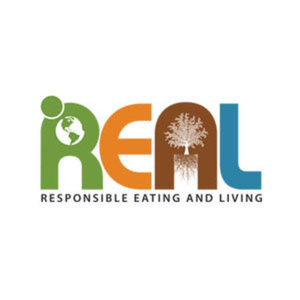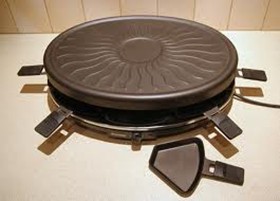Diversity in our food choices is a good thing. As I wrote in my book,
“The Earth provides an astounding variety of edible life forms. Do you know what a red daikon is? (A delicious mild radish). Have you ever heard of feijoa? (A fruit, also called pineapple guava). Not so long ago, kiwis were unknown in America, and now they are familiar fruits. Many other foods are just waiting to reach your table. Yet we’re putting all our eggs in a few genetic baskets. Three quarters of the world’s calories consumed by humans come from seven crops (wheat, rice, corn, potato, barley, cassava, and sorghum). The genetic diversity of even these few crops is rapidly disappearing, as their native habitats are being destroyed and fewer varieties of each species are being cultivated.”
[slideshow]
Choosing a wide variety of foods is good for you. The vitamins, minerals, fiber, and other nutrients we need are best consumed from food, not pills, since we evolved to eat things in the combinations that nature gives us. Science, on the other hand, operates by eliminating as many variables as possible in order to identify if factor X caused condition Y. That works in many situations (such as tracing the source of a food poisoning outbreak) but not always with regard to diet. That’s one reason we get so much conflicting health advice!
All this is to introduce today’s fun topic, food varieties. Did you know that there are over 4,000 edible varieties of potato? Most of these are found in the Andes Mountain areas of South America. The one pictured here isn’t an unusual variety, just an odd shape. If you’ve ever grown food, you’ll know that not everything is perfect in shape and color. Here’s a link to some really fun and beautiful oddball apple, eggplant, bell pepper, and other familiar fruits and vegetables. The other photos are of beautiful or unusual fruits and vegetables that I discovered while writing about food diversity. So liven up your plate and your palate by finding and buying some new foods.
Where to find them? In Berkeley, where I used to work, there’s the Berkeley Bowl and Monterey Market. Please add to the comments and tell us some other places you find wild and exciting foods.



